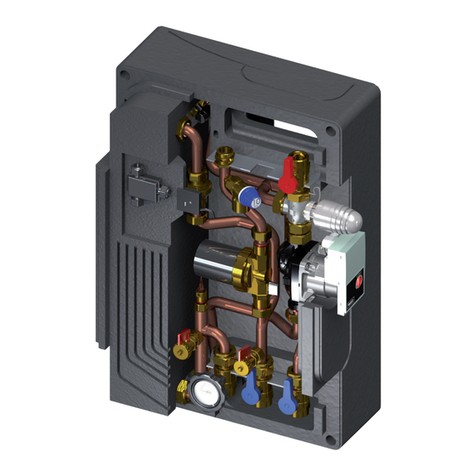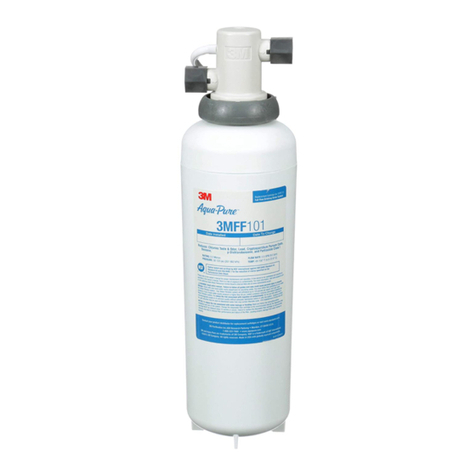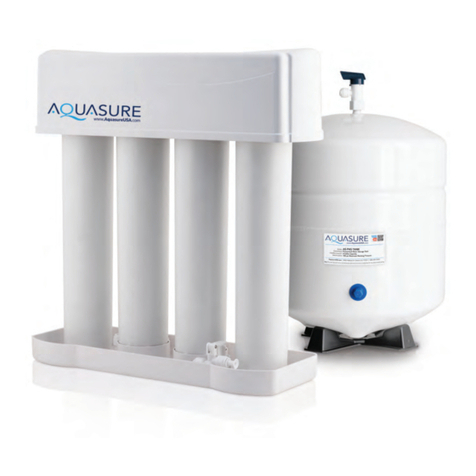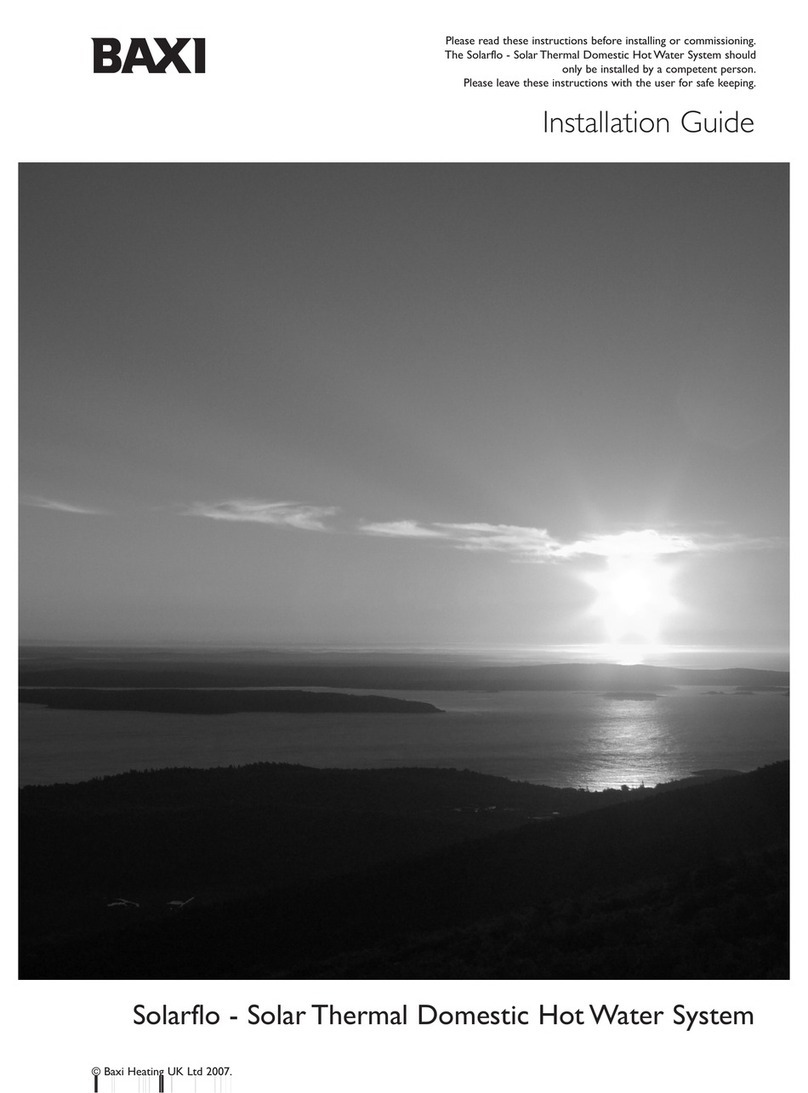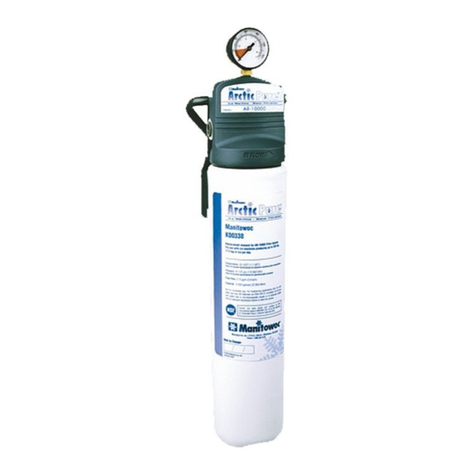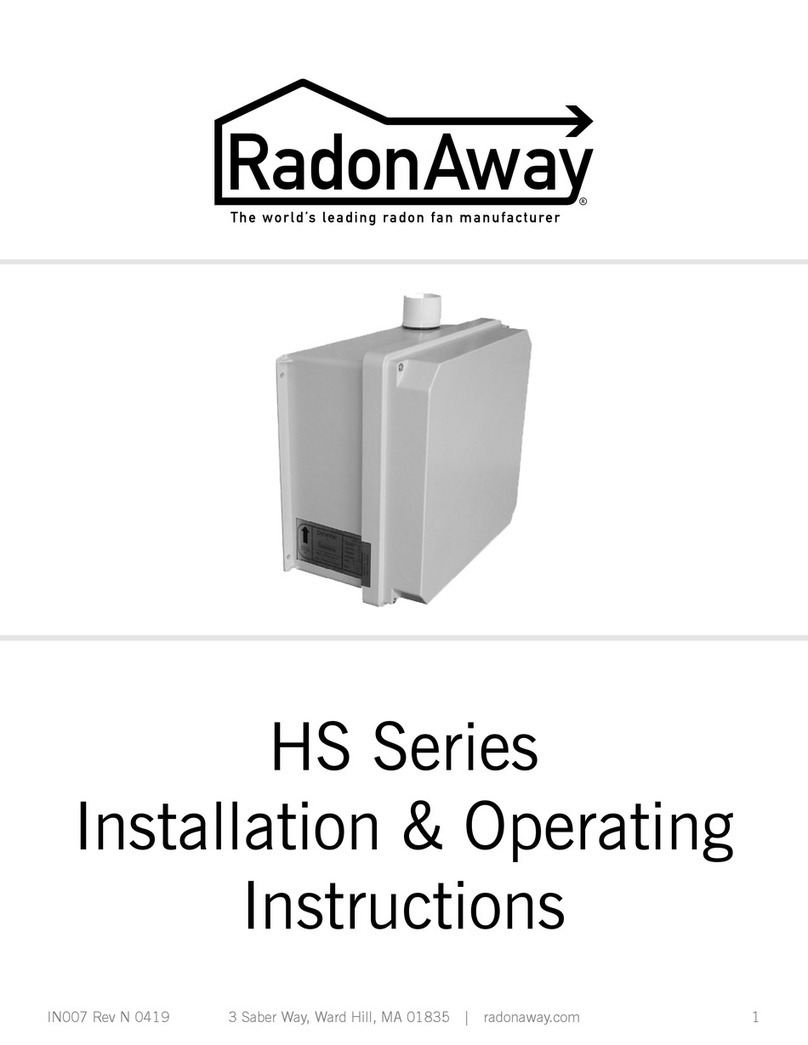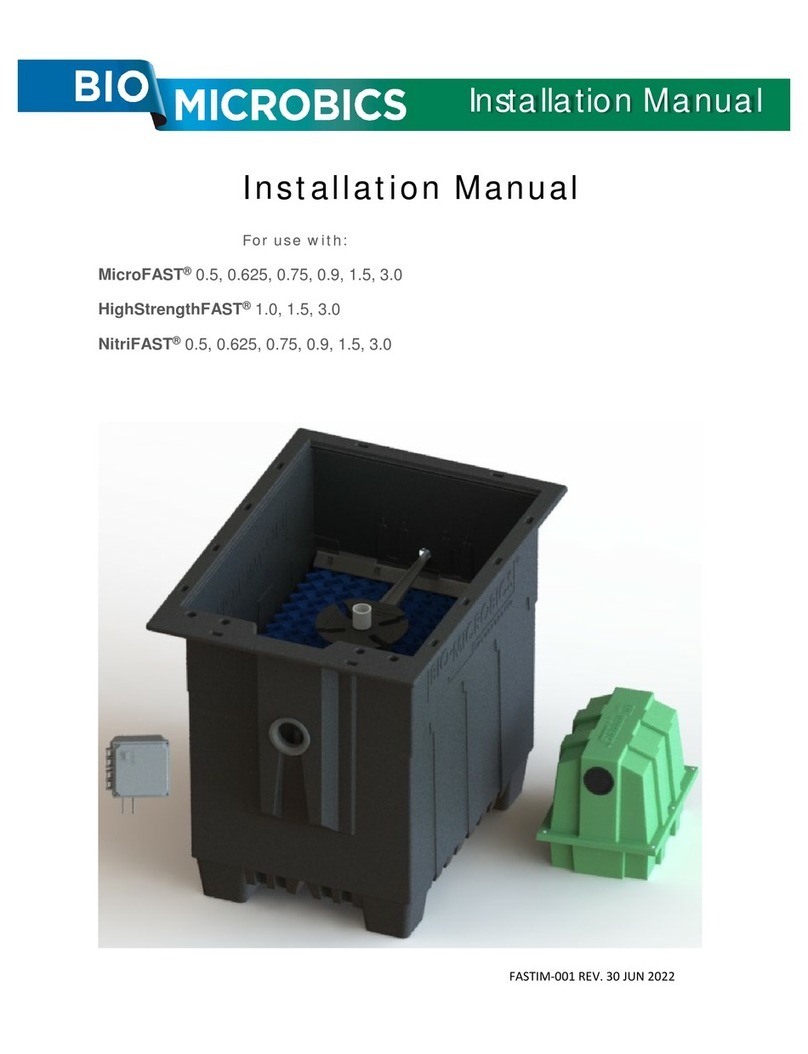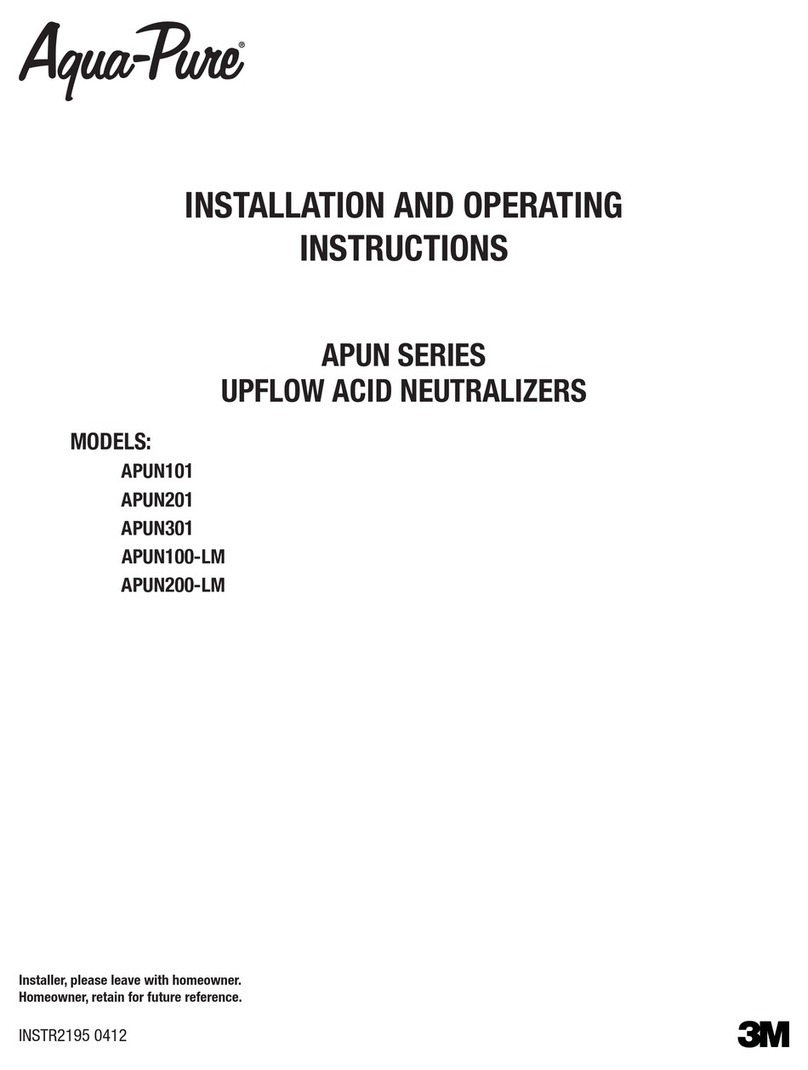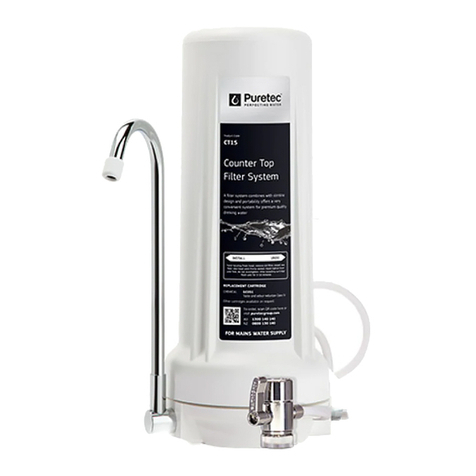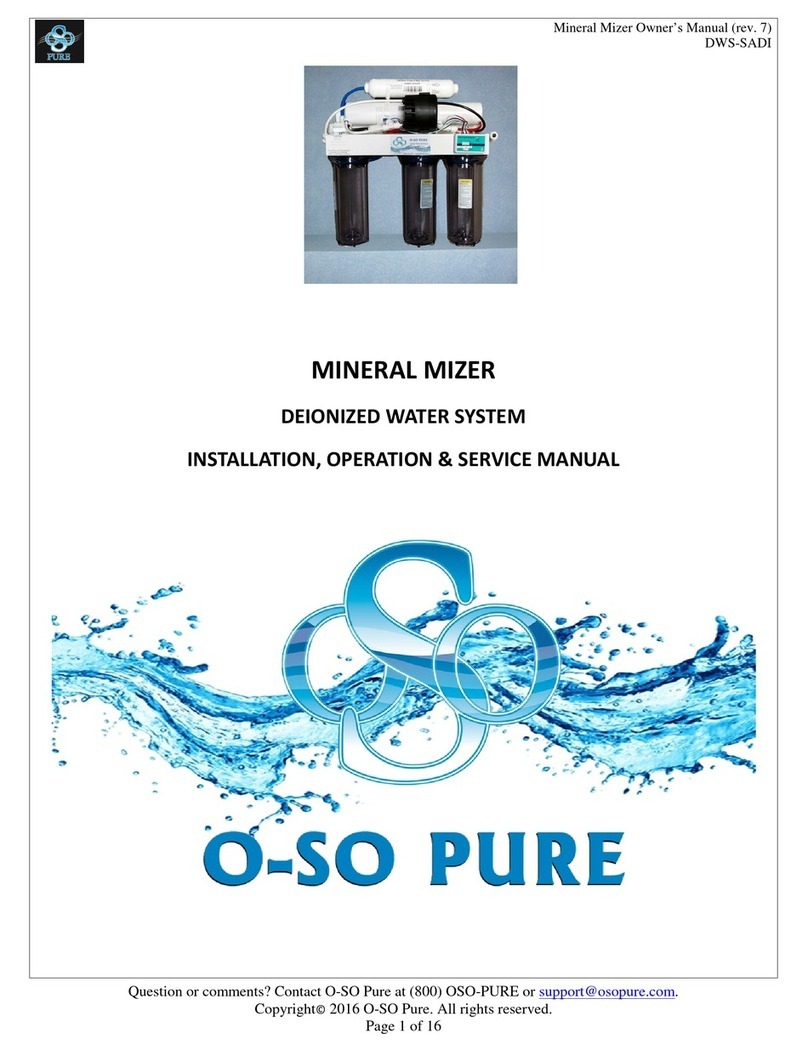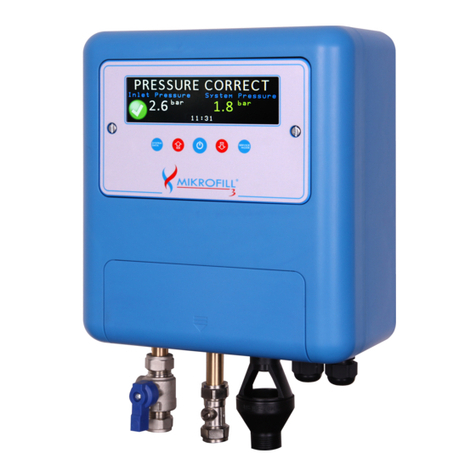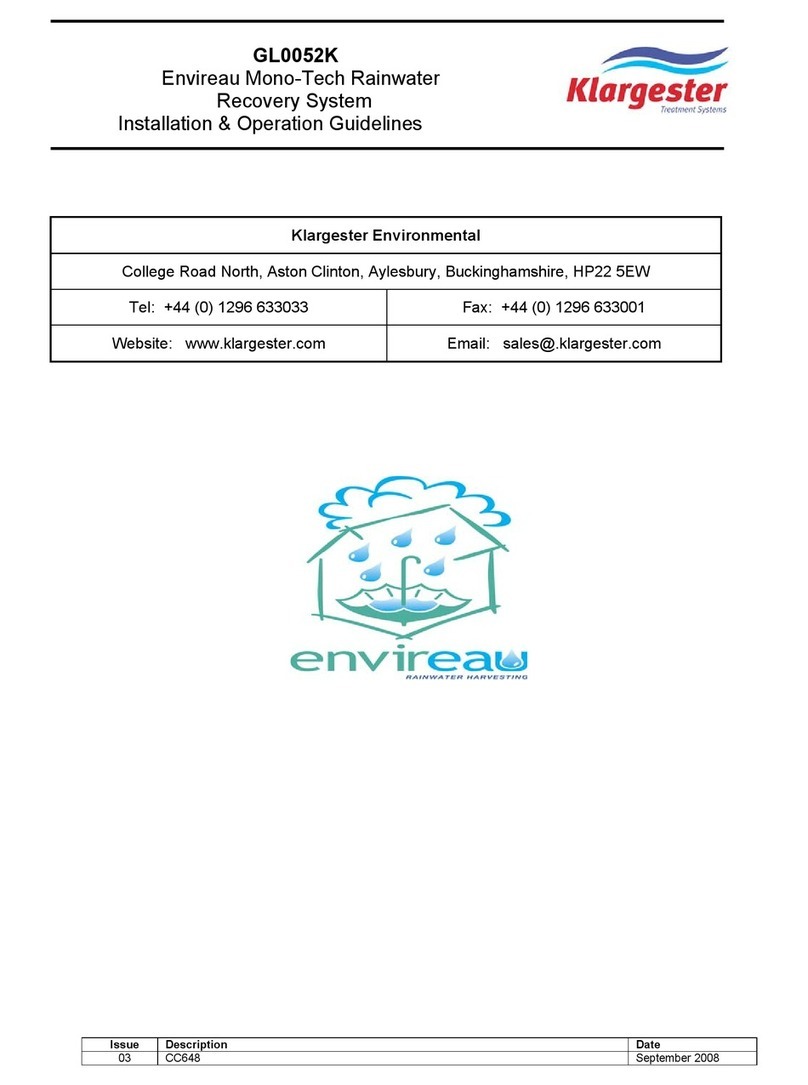
INSTALLATION
1. When hydrants are received, they should be handled
carefully to avoid breakage and damage to flanges. Keep
hydrants closed until they are installed. Protect stored
hydrants from the elements if possible.
2. Before installation of hydrant, clean piping, base and
drain ring of hydrant of any foreign material. Check for
loose bolts at base, groundline and cover. Tighten if
necessary.
3. Hydrants shall be located as shown or as directed and
in a manner to provide complete accessibility, and also
in such a manner that the possibility of damage from
vehicles or injury to pedestrians will be minimized.
When placed behind the curb, the hydrant barrel shall
be set so that no portion of the Pumper or Hose Nozzle
Cap will be less than 6 inches, nor no more than 12
inches from the gutter face of the curb. When set in the
lawn space between the curb and the sidewalk, or
between the sidewalk and the property line, no portion
of the hydrant or nozzle cap shall be within 6 inches of
the sidewalk.
4. All hydrants shall stand plumb and shall have their
nozzles parallel with or at right angles to the curb, with
the Pumper Nozzle facing the curb. Hydrants shall be set
to the established grade, with nozzles at least 20 inches
above the ground, as shown or as directed by the
engineer.
5. It is recommended practice to install an auxiliary or
secondary gate main in the lateral between the hydrant
and the main to permit inspection and repair of the
hydrant without shutting down mains.
6. On traffic hydrants, be sure the earth is firmly
compacted around the barrel to support the lower
barrel against side loading. If the soil is too sandy and
will not support the loads, pour a concrete pad around
the barrel at or near the groundline at least 6 inches
thick and 36 inches in diameter for barrel support.
7. Whenever a hydrant is set in soil that is pervious,
drainage shall be provided at the base of the hydrant by
placing coarse gravel or crushed stone mixed with
coarse sand, from the bottom of the trench to at least 6
inches above the drain opening in the hydrant and to a
distance of 12 inches around the elbow. It is recom-
mended to place plastic or mesh sheathing above the
crushed stone and wrapped around the standpipe to
prevent soil from settling.
8. Whenever a hydrant is set in clay or other impervious
soil, a drainage pit 24 inches in diameter and 36 inches
deep shall be excavated below each hydrant and filled
compactly with coarse gravel or crushed stone mixed
with coarse sand under and around the elbow of the
hydrant and to a level of 6 inches above the drain
opening.
9. Restrain hydrant movement with appropriate thrust
blocking or restrained joint to prevent pipe joint
separaon.
10. When first installed, the hydrant should be operated
from full closed to full open posion and back to make
sure no obstrucons are present.
11. Aer the line as well as the hydrant have been
hydrostacally tested, the hydrant should be flushed
and then checked for proper drainage.
IMPORTANT - Inial installaon of hydrant MUST BE
MADE PROPERLY so the Sigelock Safety Flange will
funcon properly. Hydrant should be blocked at ground
line and around shoe using concrete or similar
substance to prevent ground from giving way when
hydrant is struck.
For addional informaon on hydrant anchorage,
blocking, and drainage, see AWWA Standard C600 and
Manual M17.
14.5" - 20.5"
20"
25.5
"
OF TRENCH
DEPTH
6" - 12"
CINDER BLOCKS
CRUSHED STONE
OR COARSE GRAVEL
PLASTIC OR
MESH SHEETING
GROUND LINE
BACKFILL
DONUT FOR SOFT
GROUND CONDITIONS
FACE OF CURB
ROAD SURFACE
EARTH FILL
SUPPLY BRANCH
SIGELOCK SYSTEMS, LLCSPARTAN 5 1/4 FIRE HYDRANT 8
Do NOT use chains to lift
hydrant! Use cloth
straps. Do NOT pour rock
over bare hydrant!
Cover hydrant with
heavy plastic to avoid
paint damage during
installation.
SUGGESTED 36” DIA.
X 6” THICK CONCRETE
CAUTION:
Do NOT use chains to lift hydrant! Use cloth straps.
Do NOT pour rock over bare hydrant! Cover hydrant with heavy
plastic to avoid paint damage during installation.





















